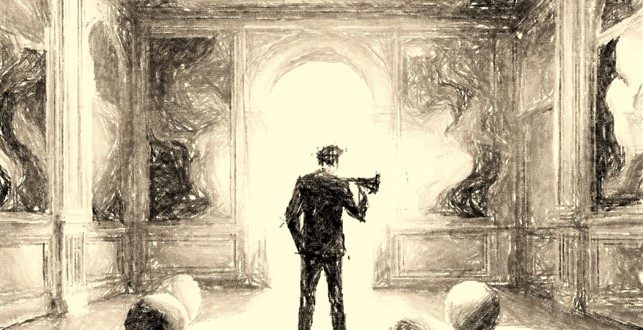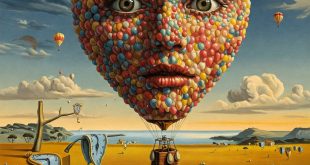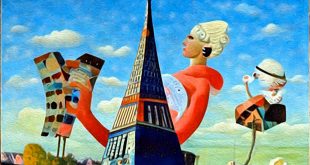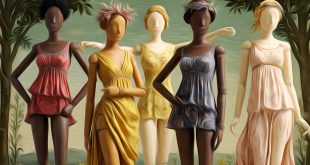 A postmodern aesthetic that mixes styles, eras and cultural references
A postmodern aesthetic that mixes styles, eras and cultural references
Meeting Benches is a place of connection, discovery and inspiration, an invitation to slow down, look around and see the art and beauty; people sit on its benches and share art, stories and thoughts. In this place of connection and meeting between artists and art lovers, you can meet artists, thinkers and dreamers from different cultures and backgrounds; like Dastilige Nevante, the digital artist who offers you these images. The intellectual properties of the images that appear on this blog correspond to their authors. The only purpose of this site is to spread the knowledge of these creative people, allowing others to appreciate the works. Type author’s travels if you want to know others.
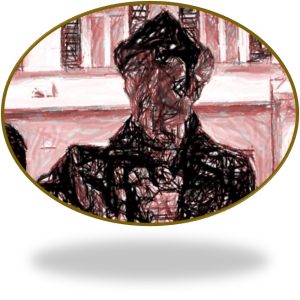 A pioneer in the multidisciplinary approach who died in May 2024, a contemporary artist whose works are present in the collections of the Museum of Modern Art and the Victoria and Albert Museum, a creative man who loved combining visual arts and choreography. We host in our benches Marc Camille Chaimowicz, the eclectic artist who was able to make the installation dialogue with painting, design with the applied arts. You will discover that his art, influenced by different sources and artistic movements, rather than on visual representation, preferred the communication of his ideas through decidedly original expressive means. You will discover the artist who interpreted art as if it were entertainment, the courteous man who knew how to be affectionate born in Paris after the Second World War, who had followed his parents to London, but who returned to France in May 1968.
A pioneer in the multidisciplinary approach who died in May 2024, a contemporary artist whose works are present in the collections of the Museum of Modern Art and the Victoria and Albert Museum, a creative man who loved combining visual arts and choreography. We host in our benches Marc Camille Chaimowicz, the eclectic artist who was able to make the installation dialogue with painting, design with the applied arts. You will discover that his art, influenced by different sources and artistic movements, rather than on visual representation, preferred the communication of his ideas through decidedly original expressive means. You will discover the artist who interpreted art as if it were entertainment, the courteous man who knew how to be affectionate born in Paris after the Second World War, who had followed his parents to London, but who returned to France in May 1968.
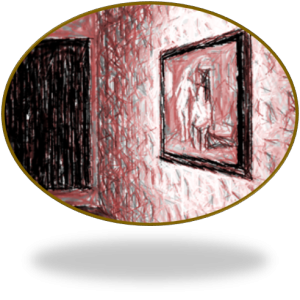 Collaborations in the art world can take various forms, from group exhibitions to shared ideas and inspirations, which is why Marc Camille Chaimowicz‘s openness to collaboration has allowed him to explore new avenues of creativity. Chaimowicz, in fact, has collaborated on various projects with the British artist Paoline Boty, known for her lively and playful pop art. With director Sara Lucas, however, Chaimowicz had a close friendship, because they shared an interest in blurring the boundaries between art and domestic spaces. On several occasions, even a writer, Michael Bracewell, providing context and insight into his art, collaborated with Chaimowicz, providing him with texts to accompany his exhibitions.
Collaborations in the art world can take various forms, from group exhibitions to shared ideas and inspirations, which is why Marc Camille Chaimowicz‘s openness to collaboration has allowed him to explore new avenues of creativity. Chaimowicz, in fact, has collaborated on various projects with the British artist Paoline Boty, known for her lively and playful pop art. With director Sara Lucas, however, Chaimowicz had a close friendship, because they shared an interest in blurring the boundaries between art and domestic spaces. On several occasions, even a writer, Michael Bracewell, providing context and insight into his art, collaborated with Chaimowicz, providing him with texts to accompany his exhibitions.
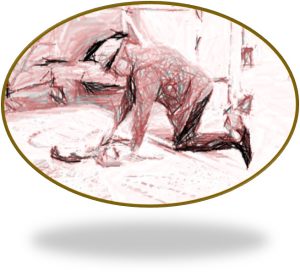 Choosing to work in the field of design and applied arts, Marc Camille Chaimowicz used fabrics, furniture and domestic objects in his installations, thus creating works that actively engaged his viewers. This approach influenced his style, leading him to integrate performative elements into both his installations and his own works of art. In a successful attempt to create works that challenged the conventions of his era, he delighted in using a calibrated mix of irony, quotations and fragmentations. Therefore, a unique and multidisciplinary style that has left its mark on the world of contemporary art. Among his most famous works, by bringing together furnishing accessories and works of art, Chaimowitz deliberately imitated the space of an apartment that became a gallery.
Choosing to work in the field of design and applied arts, Marc Camille Chaimowicz used fabrics, furniture and domestic objects in his installations, thus creating works that actively engaged his viewers. This approach influenced his style, leading him to integrate performative elements into both his installations and his own works of art. In a successful attempt to create works that challenged the conventions of his era, he delighted in using a calibrated mix of irony, quotations and fragmentations. Therefore, a unique and multidisciplinary style that has left its mark on the world of contemporary art. Among his most famous works, by bringing together furnishing accessories and works of art, Chaimowitz deliberately imitated the space of an apartment that became a gallery.
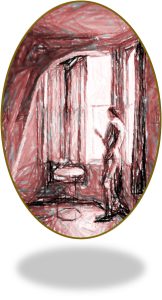 Imagine an author’s journey in search of the most famous works of art by Marc Camille Chaimowicz, imagine an impossible itinerary, a journey outside of time that challenges the distinctions between art, starting with “Your Place or Mine“, his solo exhibition set up at the Jewish Museum in New York in 2018. You will discover that within environments with wallpaper, Chaimowicz wanted to explore the relationship between private space and public art. The second stage of our author’s journey takes you to the Serpentine Galleries in London and to 2016. You will discover that, by mixing art and design, with his “An Autumn Lexicon” Chaimowicz played with the memory inherent in the environments of a house. Creating an engaging experience for the viewer, however, with one of his best-known works, “Many Ribbons“, he wanted to arrange objects and materials in a theatrical way. Among other significant works that reflect his multidisciplinary practice, his own influence described as difficult to pinpoint, but substantial, includes “Zig Zag“, “Rachel et Graham” and “Du Textile“.
Imagine an author’s journey in search of the most famous works of art by Marc Camille Chaimowicz, imagine an impossible itinerary, a journey outside of time that challenges the distinctions between art, starting with “Your Place or Mine“, his solo exhibition set up at the Jewish Museum in New York in 2018. You will discover that within environments with wallpaper, Chaimowicz wanted to explore the relationship between private space and public art. The second stage of our author’s journey takes you to the Serpentine Galleries in London and to 2016. You will discover that, by mixing art and design, with his “An Autumn Lexicon” Chaimowicz played with the memory inherent in the environments of a house. Creating an engaging experience for the viewer, however, with one of his best-known works, “Many Ribbons“, he wanted to arrange objects and materials in a theatrical way. Among other significant works that reflect his multidisciplinary practice, his own influence described as difficult to pinpoint, but substantial, includes “Zig Zag“, “Rachel et Graham” and “Du Textile“.
 Meeting Benches World art in all forms
Meeting Benches World art in all forms
